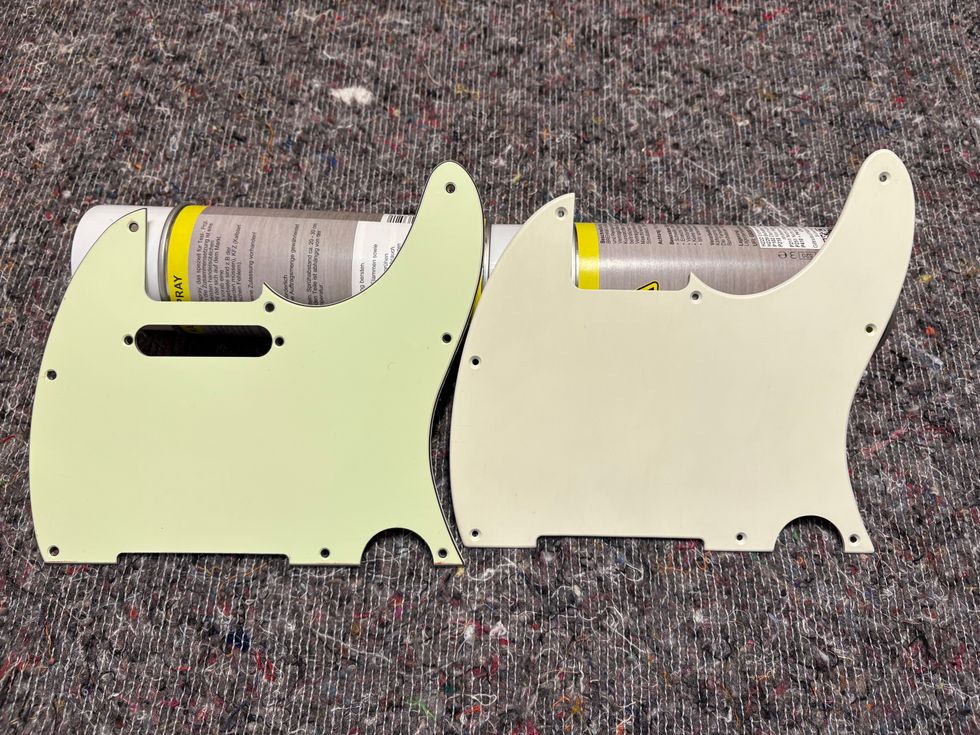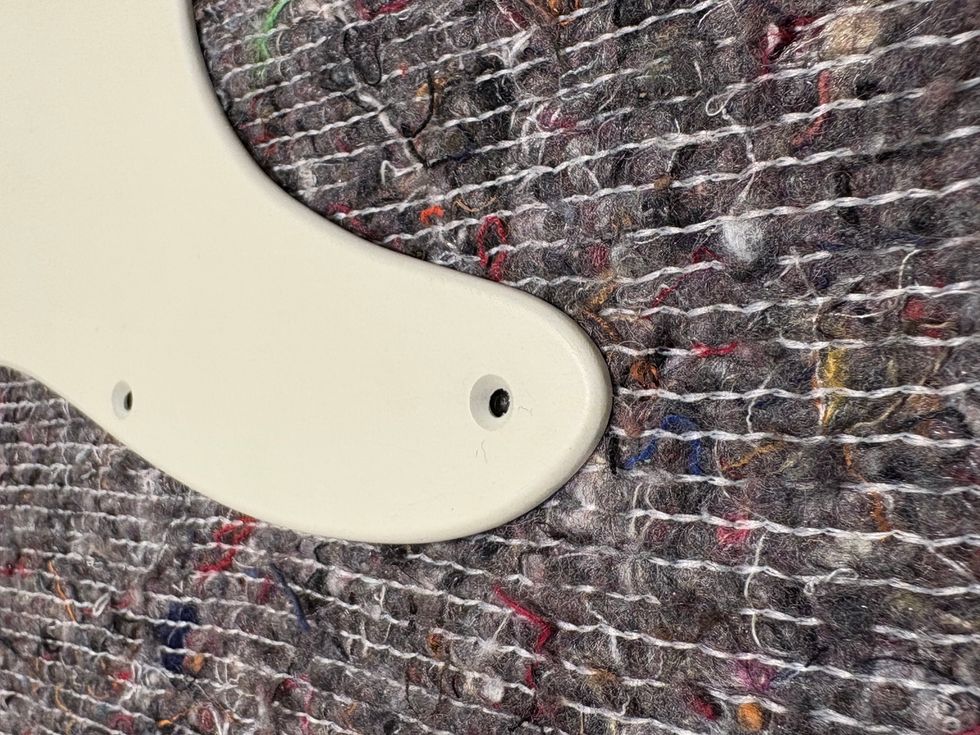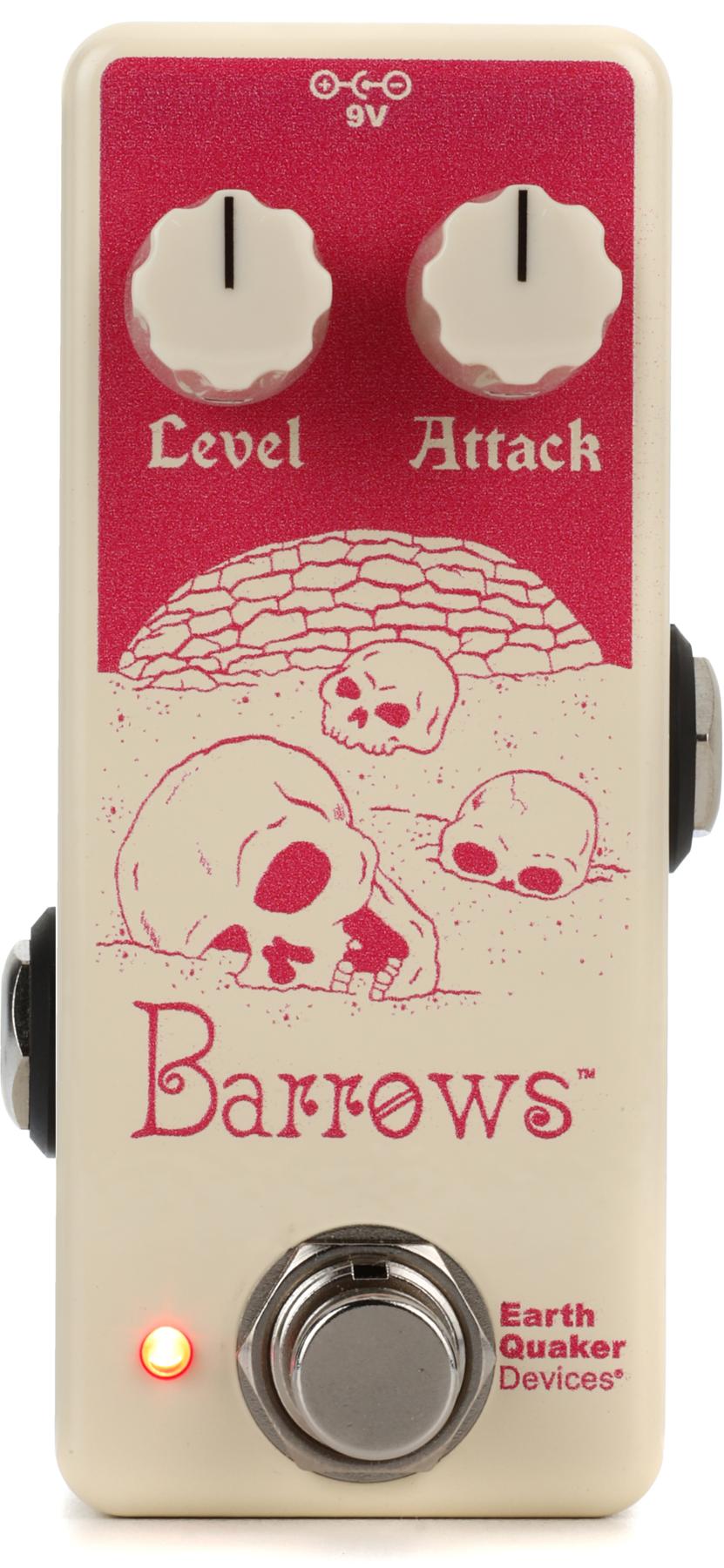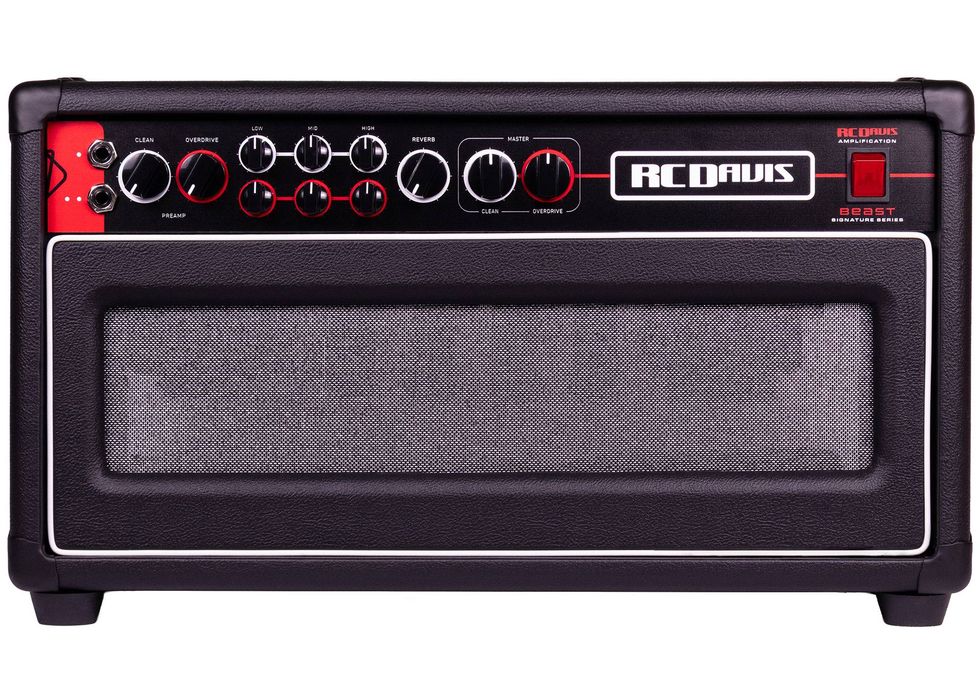Accompaniment. Complimentary. Complex. Composite. Compound. All good words to associate with “comping,” rooted in the sentiment of interconnected parts. A jazz band thrives as an ecosystem, with each element contributing its essential part of the combined activity. Jazz guitarists in the role of comping can provide the oxygen that fuels the fire of a soloist, or the comfortable spot on the lawn for the soloist to come home and relax. Whether it’s a cooking, up-tempo number or a restrained, elegant ballad, we need to be prepared to state the harmonic structure, the groove and the tempo with reliability. On top of all of that, it’s nice to voice chords thoughtfully so as to create a sense of melody while moving through a progression.
Rhythm
As tempting as it may be to play chords in all sorts of accented ways rhythmically, it is a greater gift to the melody player—and the soloists—to just lay it down simply. We’re talking half note rhythms here, or dotted quartereighths, or all quarter notes. Even all whole notes work beautifully, say, behind a bass solo. It works better for the overall good if we stay committed to a groove, rather than a disjointed series of jabs at the chords.
Drummers have a collection of “beats” that they offer for the variety of styles that get played during a given performance. We can ask them to play a shuffle, a jazz waltz, a swing, a bossa nova, or any one of the many Latin grooves. Guitarists need to be equally ready with a rhythmic pattern to play that is appropriate to the style. The big question among the rhythm section that comes before playing a tune is, “Is it swing eighths or straight?” You’ve got to know what that means, and find the respective one or two bar patterns that will help to propel an arrangement without rocking the boat.
Harmony
A sparkling ring may be beautiful on its own, but it’s even more memorable when it’s presented as a gift in a lovely soft box. Chords exist to support a melody. If we do our job well, the melody lines will soar and shine without distraction. If we are interpreting a lead sheet, as opposed to an exact part, we can feel free to use tensions and substitutions that will deepen the musical statement that is being made.
When I was in Nashville a few years back trying out an acoustic guitar at one of the booths at the Chet Atkins Appreciation Society Convention, a couple of sweet onlookers, full of many years of love, enthusiasm, and experiences with both the South and guitars, drawled out the following comment for me: “Nice holds.” It took me a minute, but I eventually realized that they were talking about my choices of chord forms (I had heard people refer to them as “grips” before, and that helped me to put it together). It is very important to collect as many “holds” as you can in order to accompany a melody creatively and thoughtfully. In doing so, however, it is equally important to study the chord forms, identify each note in the voicing, and how it functions in the chord. I am all for the visual aid of learning chords as recognizable shapes, but I also ask all my students to learn the details: make a chord diagram and then write the note names across the top of the strings, and the function (chord tone or tension) below each string of the diagram. In a movable form (no open strings) the note names will change as you move it around on the neck, but the numbers (the function of the chord) will not. One of many bonuses from doing this is a sharp awareness of the notes all over the neck as you encounter them while comping.
Shortcuts
If you are quick at chord tones in theory (quick: what’s the 5th of an A%maj7?) then you can use that to land on the chord form that has the 5th of A%maj7 (E%) on the high E string. The E string is a good sight line for me; you may be quicker at chasing the root around on whichever string it falls. If my chord is voiced on the middle four strings, so neither E string is being played, then my sight line will either be the A string or the B string (quick: what’s the 3rd of a B%maj7?). I know then that if I grab the form that gives me the 3rd in the bass, as long as I put in on D on the fifth fret of the A string, I’ll have the B%maj7 I wanted.
Listen to the chord tones and tensions as you practice. When you play with the band, you will recognize the places in the music for them. This is what makes comping as exciting as improvising.
Jane Miller
Jane Miller is a guitarist, composer, and arranger with roots in both jazz and folk. In addition to leading her own jazz instrumental quartet, she is in a working chamber jazz trio with saxophonist Cercie Miller and bassist David Clark. The Jane Miller Group has released three CDs on Jane’s label, Pink Bubble Records. Jane joined the Guitar Department faculty at Berklee College of Music in 1994. janemillergroup.com





















